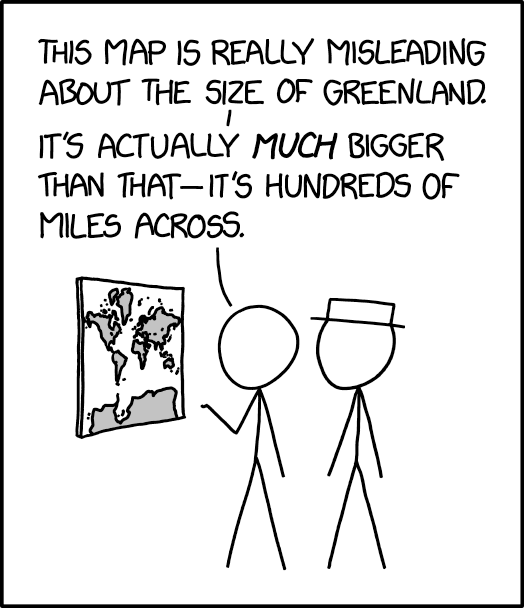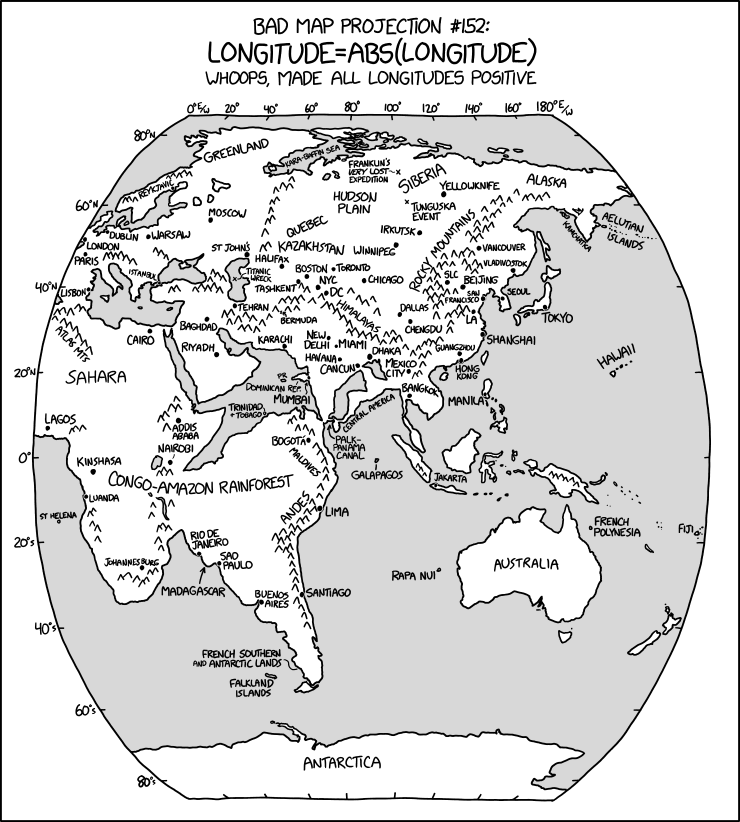 Writing for Geographical magazine, Katherine Parker reviews A History of the World in 500 Maps by Christian Grataloup (Thames & Hudson, 13 Jul 2023), which was originally published in French in 2019. “[E]ven with 500 maps, there’s a selection process at work that may leave some readers wanting for specific trajectories and topics. For example, although there’s a continual emphasis on economics, commerce and migration, the impact of the Transatlantic slave trade is only lightly addressed. Similarly, Indigenous perspectives are present, but not abundant. However, such critiques of lacuna in subject coverage are inevitable in any book that attempts to include all of human history.” Note that the maps are modern maps of history created for this book, not old maps. UK-only publication. £35. Amazon UK.
Writing for Geographical magazine, Katherine Parker reviews A History of the World in 500 Maps by Christian Grataloup (Thames & Hudson, 13 Jul 2023), which was originally published in French in 2019. “[E]ven with 500 maps, there’s a selection process at work that may leave some readers wanting for specific trajectories and topics. For example, although there’s a continual emphasis on economics, commerce and migration, the impact of the Transatlantic slave trade is only lightly addressed. Similarly, Indigenous perspectives are present, but not abundant. However, such critiques of lacuna in subject coverage are inevitable in any book that attempts to include all of human history.” Note that the maps are modern maps of history created for this book, not old maps. UK-only publication. £35. Amazon UK.
 The 38th volume of the Esri Map Book (Esri, 5 Sep 2023) came out earlier this month. Like the NACIS Atlas of Design (previously), it’s a showcase of maps presented at a conference—in this case, maps from the Map Gallery exhibition of Esri’s International User Conference. The Esri Map Book website has a gallery of maps presumably from this volume, and given the number of pages in the book (140) and the number of maps in the gallery (65), it may actually be complete (assuming a two-page spread per map). $30. Amazon (Canada, UK), Bookshop.
The 38th volume of the Esri Map Book (Esri, 5 Sep 2023) came out earlier this month. Like the NACIS Atlas of Design (previously), it’s a showcase of maps presented at a conference—in this case, maps from the Map Gallery exhibition of Esri’s International User Conference. The Esri Map Book website has a gallery of maps presumably from this volume, and given the number of pages in the book (140) and the number of maps in the gallery (65), it may actually be complete (assuming a two-page spread per map). $30. Amazon (Canada, UK), Bookshop.
 Peter Bellerby, of bespoke premium globemaker Bellerby & Co. fame, has written a book: The Globemakers: The Curious Story of an Ancient Craft (Bloomsbury) is out today in hardcover in the UK, and in North America on October 17; the ebook is available worldwide as of today. From the publisher: “The Globemakers brings us inside Bellerby’s gorgeous studio to learn how he and his team of cartographers and artists bring these stunning celestial, terrestrial, and planetary objects to life. Along the way he tells stories of his adventure and the luck along the way that shaped the company.” £25/$30. Amazon (Canada, UK), Bookshop.
Peter Bellerby, of bespoke premium globemaker Bellerby & Co. fame, has written a book: The Globemakers: The Curious Story of an Ancient Craft (Bloomsbury) is out today in hardcover in the UK, and in North America on October 17; the ebook is available worldwide as of today. From the publisher: “The Globemakers brings us inside Bellerby’s gorgeous studio to learn how he and his team of cartographers and artists bring these stunning celestial, terrestrial, and planetary objects to life. Along the way he tells stories of his adventure and the luck along the way that shaped the company.” £25/$30. Amazon (Canada, UK), Bookshop.




 The 38th volume of the Esri Map Book (
The 38th volume of the Esri Map Book ( Peter Bellerby, of bespoke premium globemaker Bellerby & Co. fame, has written a book: The Globemakers: The Curious Story of an Ancient Craft (
Peter Bellerby, of bespoke premium globemaker Bellerby & Co. fame, has written a book: The Globemakers: The Curious Story of an Ancient Craft (


